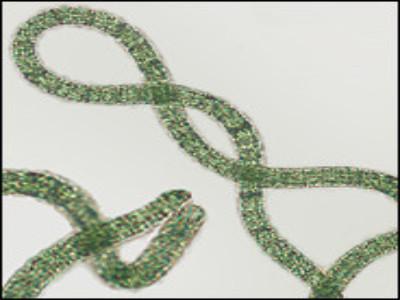About
Algae usually are identified with the color green, but they actually occur in a great range of colors and hues, depending on the kind of algae and in some cases on the way they are grown. The colors are due to pigments (colored molecules) within individual cells.
Three broad categories of pigments occur in algae:
- Chlorophylls: green
- Carotenoids: red, orange, yellow, amber, or brown
- Phycobilins: iridescent red or blue
There are common reasons why the colors of some algae change with culture conditions. At low light intensities, some algae produce more light-absorbing pigments to improve their efficiency of photosynthesis. At very high light intensities, some algae produce a high concentration of "sunscreen" pigments to protect the interior of the cell from exposure to excess ultraviolet and blue light.
Chromatic adaptation in algae is the ability to adapt to different wave lengths in the environment by changing their relative amount of various pigments. This adaptation allows the algal cells to maximize light absorbance for photosynthesis. A few algae (including Fremyella), when subjected to light of one color, it will express the complimentary color. Teaching kits will be filled with the species determined to be the healthiest on a week to week basis by the Culture Collection Manager.
Colors of Algae Kit Sizes
Small Kit:
- Includes 4 tubes showing various colors
Large Kit:
- Includes 7 tubes showing various colors and 1 tube of algal strain capable of chromatic adaptation (Fremyella)
Experiment Suggestions
- How does nutrient content of the growth medium affect the color of the algae?
- How does growth temperature or light intensity affect the color the algae?
- How does a shorter or longer photoperiod affect the color of the algae?
- How does Fremyella chromatically adapt to different wavelengths?
- Does the length of the photoperiod or light intensity affect the degree of chromatic adaptation?









